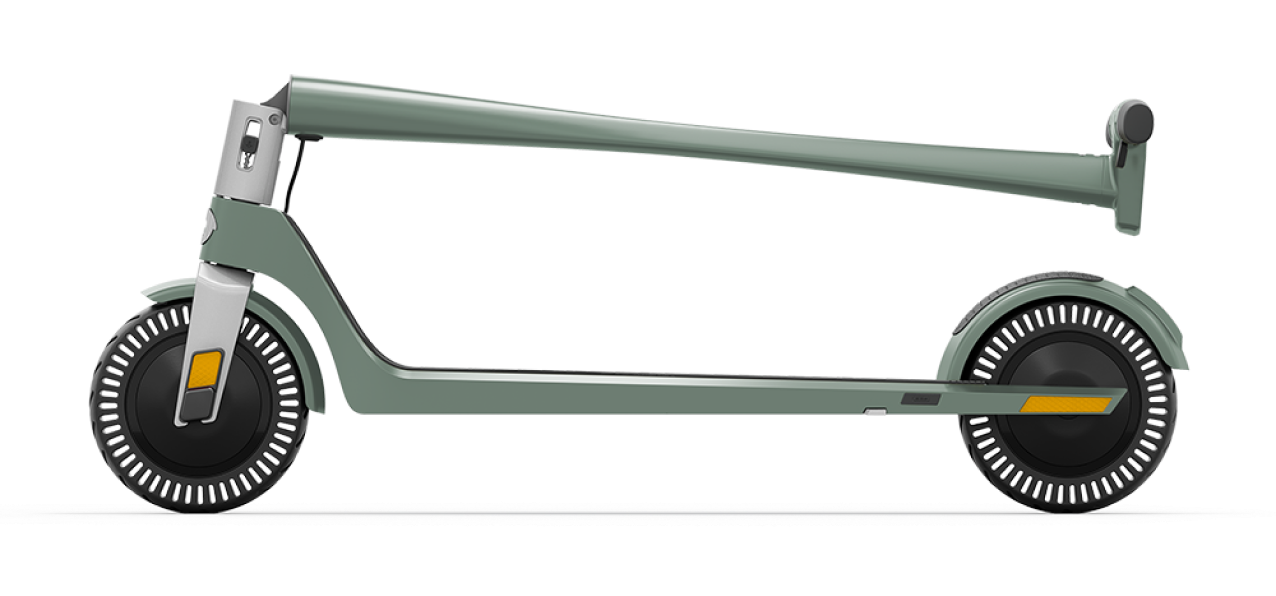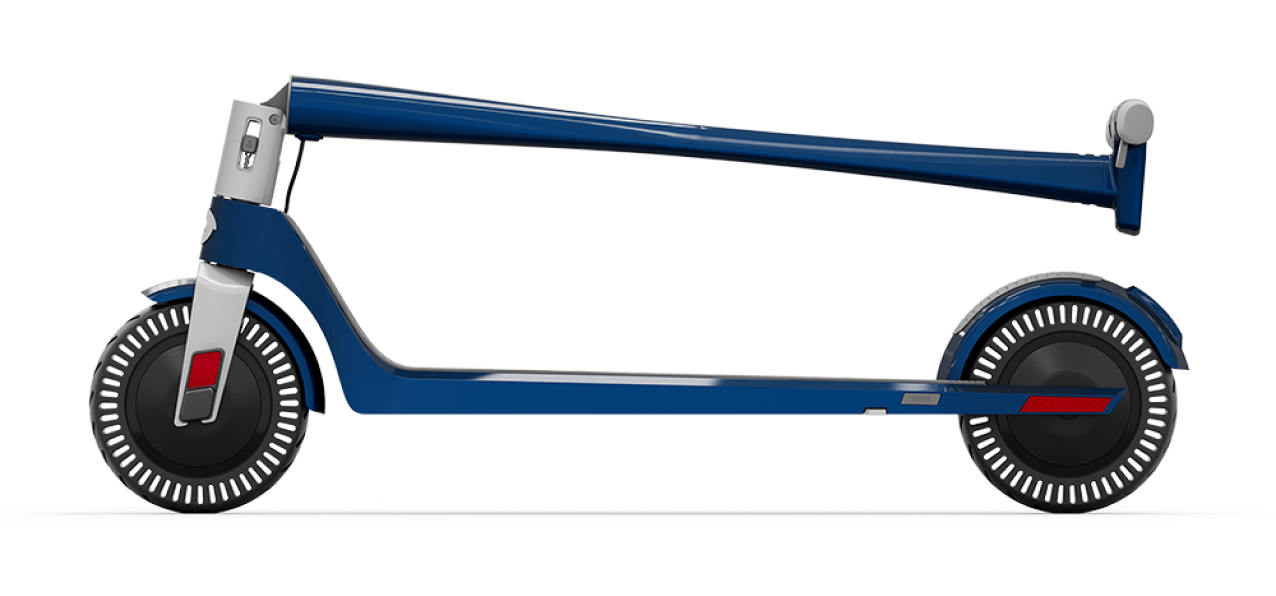Micromobility is here to stay, and it’s changing how we experience urban life for the better. With Unagi’s membership program, you can enjoy all the benefits of a top-tier electric scooter without the sky-high price of ownership or the inconvenience of ride-sharing.

- Home
Products
- Why Rent?
News
-
Latest 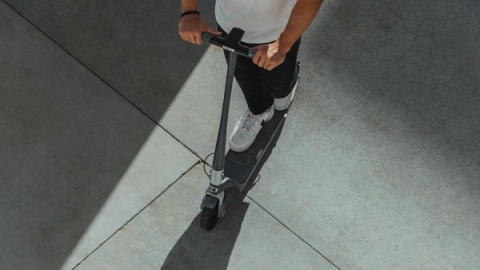 How Micromobility is Revolutionizing Urban Life (and Why Unagi’s Membership is the Smarter Choice)
How Micromobility is Revolutionizing Urban Life (and Why Unagi’s Membership is the Smarter Choice)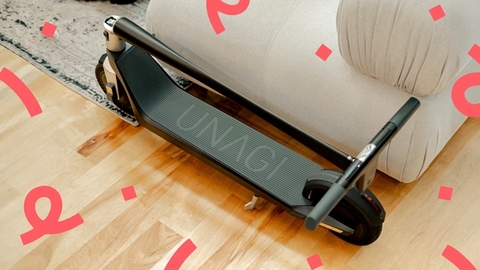 Unagi Subscribers: Enter Our $10,000 Airbnb Giveaway!
Unagi Subscribers: Enter Our $10,000 Airbnb Giveaway!We’re excited to celebrate Unagi’s 5th Anniversary, and we want you to join the fun! To thank you for your support, we're hosting an exclusive $10,000 Airbnb giveaway. No purchase necessary—just enter for your chance to win! Hurry, the giveaway ends on 10/4/2024!
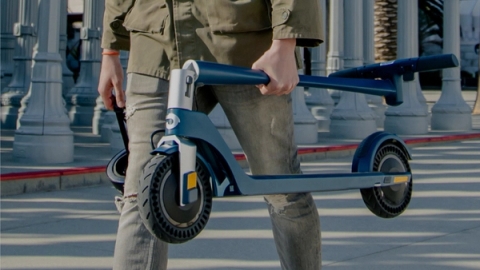 Discover the Unagi Difference
Discover the Unagi DifferenceIn today’s fast-paced world, finding an efficient and cost-effective mode of transportation is crucial. E-scooters offer a convenient and eco-friendly way to navigate urban landscapes. Unagi stands out not only for its superior design and performance but also for its affordability and unmatched rental program.
-
Scooter Articles 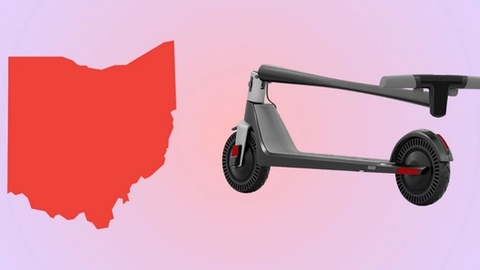 Electric Scooter Laws In Ohio
Electric Scooter Laws In OhioLet's explore Ohio electric scooter laws so you know what's allowed and what isn't. Abide by local regulations to avoid penalties.
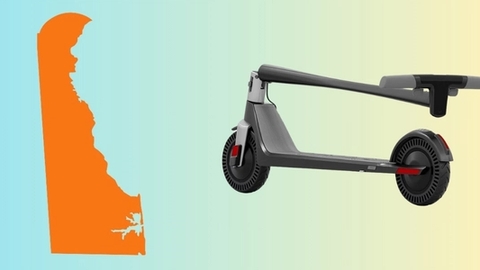 Electric Scooter Laws In Delaware
Electric Scooter Laws In DelawareNavigate Delaware's electric scooter laws with ease. We cover everything, from speed limits to driving restrictions and more, ensuring a safe, legal ride.
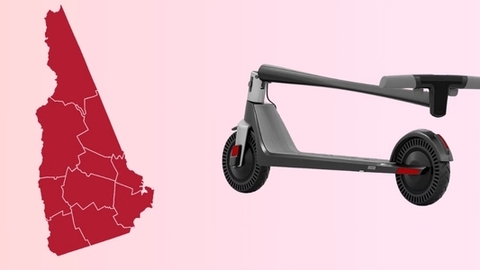 Electric Scooter Laws in New Hampshire
Electric Scooter Laws in New HampshireDiscover New Hampshire's laws for personal electric scooters, from registration requirements and maximum speed limits to minimum age laws.
-
- For Business
- For Students
